How to Grow and Care for Your Phalaenopsis Orchid: [Complete Guide]
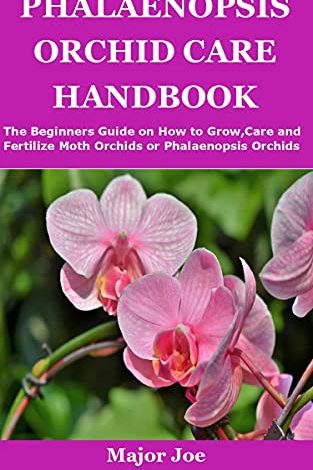
Important points when planting Phalaenopsis
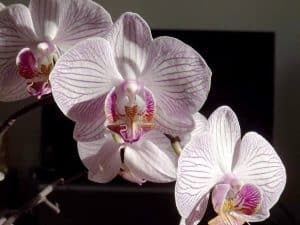 Where to sow? In full light. It needs a lot of light, but not direct sunlight.
Where to sow? In full light. It needs a lot of light, but not direct sunlight.- When? In summer.
- How do we prepare the land? Removed, removing weeds. With substrate based on pine bark, cork; and white peat.
- How do we water? With drip.
- How often do we water? In spring and summer, once a week, if the substrate is dry. The rest of the year very spaced irrigations.
- Plagues and diseases? yellow midge; the coquito, the snails and the ants, among others.
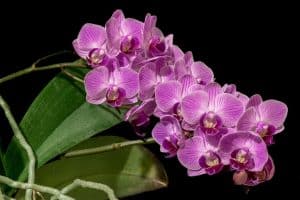 The Phalaenopsis plant is also known by the name of butterfly orchid, it belongs to the orchid family.
The Phalaenopsis plant is also known by the name of butterfly orchid, it belongs to the orchid family.
It is a species of the epiphyte group because its roots use trees and other plants to hold on to them.
It is a plant that can carry out the process of photosynthesis through its roots, generally aerial, strong and green. It has graceful large leaves and they are born from very close to the roots.
The Phalaenopsis produces a kind of long stems, which generally require guardians so that they do not fall, from where their flowers come out. It has petals of many colors with speckled patterns, very striking.
It owes its name to its similarity to butterflies: «Phalaena = butterfly» and «Opsis = similar». This denomination was given in 1752 by the botanist CL Blume when observing its great resemblance to tropical moths in flight. Its origin is found in the Philippines, tropical Asia, Australia and some areas of Africa.
When to plant Phalaenopsis?
The Phalaenopsis orchid must be planted during the summer, but currently and due to technological advances for the creation of greenhouses with special environments for its cultivation, it can be done at any time of the year.
Where to do it?
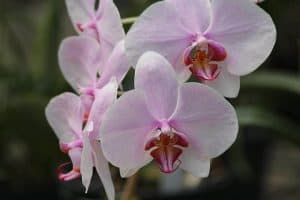 The Phalaenopsis plant should be located in tropical environments with humid heating, as it is a delicate flower, it requires good hydration and protection from strong winds.
The Phalaenopsis plant should be located in tropical environments with humid heating, as it is a delicate flower, it requires good hydration and protection from strong winds.
It doesn’t tolerate direct sun exposure well, but it won’t grow well in very shady environments either.
It is necessary to locate the plant in a very bright room, but in which the sun’s rays do not directly affect the specimen.
How to prepare the land?
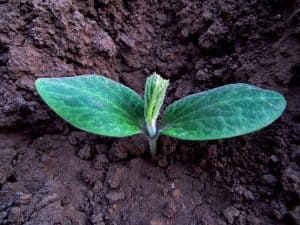 The Phalaenopsis requires very light special soils that provide good drainage, otherwise irrigation can cause the soil to puddle and end up damaging the plants with its excess moisture.
The Phalaenopsis requires very light special soils that provide good drainage, otherwise irrigation can cause the soil to puddle and end up damaging the plants with its excess moisture.
These plants may have times when they need specific fertilizers, which are applied more regularly before flowering begins and are usually used sprayed or sprayed on the substrate.
However, because it is an epiphytic type plant, Phalaenopsis requires the preparation of the land with elements that benefit it, in this case it is recommended to prepare a substrate that has these materials:
Three parts of pine bark (if possible, Mediterranean pine); Three parts of cork; A part of white peat; a last part of granulated clay and two grams of acid lime per liter of substrate.
Pine bark and cork will be the base of the substrate, and will give the mixture an adequate level of acidity. The white peat has the mission of storing water, to provide humidity, and the semiramis helps to ventilate the substrate.
How do we water the Phalaenopsis?
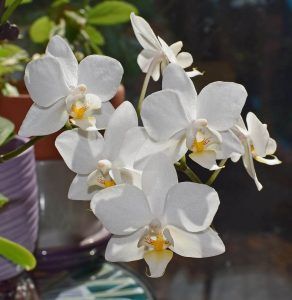 Phalaenopsis, like all orchids, does not support excess humidity or flooding of the roots or leaves.
Phalaenopsis, like all orchids, does not support excess humidity or flooding of the roots or leaves.
Irrigation should be done in the morning and by immersion, that is, submerging the pot in water for a few minutes, allowing the plant to absorb the water it needs.
Then, you have to let the excess water drain. The form of irrigation depends a lot on the person who grows the Phalaenopsis, who should put a lot of water if it is dry and little if it has good humidity.
But it must be watered delicately, as if it were a true jewel. This species of orchid should not be watered with tap water since this type of water is generally very hard and has a high mineral content, so the use of demineralized water is recommended.
Specialists recommend spraying several times a day around the leaves and aerial roots. This tropical plant needs fairly high ambient humidity, so its natural conditions can be emulated.
How do we plant a Phalaenopsis step by step?
Phalaenopsis is sown by suckers from the same plant. But before starting the process it is necessary to prune and clean the shoot.
It is also necessary to prune its leaves if black spots are observed or if they are dry, so it can be cut above the third bud (node), and in a few months it will sprout again with more vigor.
- Prepare a new pot with a mixture of 3 parts of pine bark; 3 parts of cork; a part of white peat; a last part of granulated clay and two grams of acid lime per liter of substrate.
- Fill the pot to just over half.
- Water the pot with plenty of water, 2 hours before sowing.
- Plant the shoot very carefully and take advantage of the moisture in the substrate to remove it from the roots more easily, paying special attention not to damage them.
- Plant the Phalaenopsis orchid in the new pot, place the rest of the substrate.
- Water and place the plant in a bright place, but in a humid environment and without direct sunlight.
What favorable associations does it have?
The association of crops of compatible plants produces benefits with respect to their cultivation separately, in addition to the use of light, water and/or nutrients.
Phalaenopsis, being a delicate flowering plant, is best treated with the respect that its serene beauty deserves and planted without associations.
What pests and diseases attack Phalaenopsis?
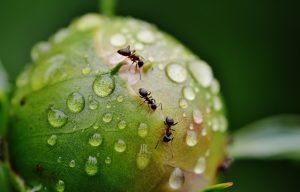 There are many pests that can attack the Phalaenopsis and although they resist well, it is necessary to take care of them from the caterpillar fly, the yellow midge; the coquito, the snails and the ants, among others.
There are many pests that can attack the Phalaenopsis and although they resist well, it is necessary to take care of them from the caterpillar fly, the yellow midge; the coquito, the snails and the ants, among others.
Modern fertilizers make it very easy to control Phalaenopsis pests and diseases.
Bibliography and references
- Encyclopedia My first knowledge about Plants, Snakes and Conservation. (1961). Spanish edition by Dr. Frank Thompson. Grolier Publisher Incorporated New York. Printed in Mexico.
digital database
- Joseeljardinero.com. Mistakes when watering plants. Reproduced from: https://www.joseeljardinero.com/errores-al-regar-las-plantas/
- Ecologiaverde.com. Phalaenopsis orchid, care. Reproduced from: https://www.ecologiaverde.com/orquidea-phalaenopsis-care-2322.html
- Orquideasweb.com. Phalaenopsis. Reproduced from: https://www.orquideasweb.com/sus-tipos/las-phalaenopsis/index.php

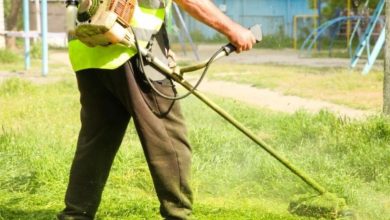
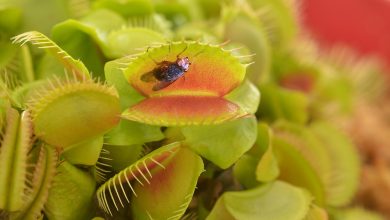
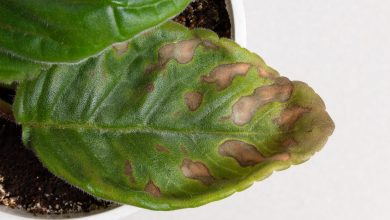
![Photo of Hoya Linearis: [Planting, Care, Substrate and Irrigation]](https://www.complete-gardening.com/wp-content/uploads/2022/08/hoya-linearis-planting-care-substrate-and-irrigation-390x220.jpg)